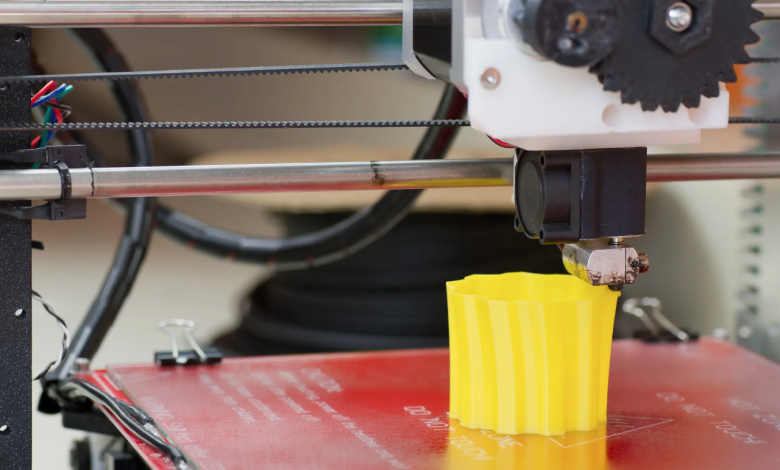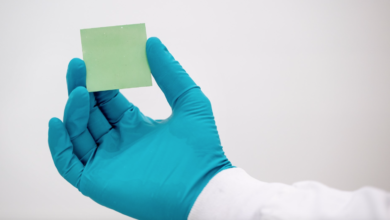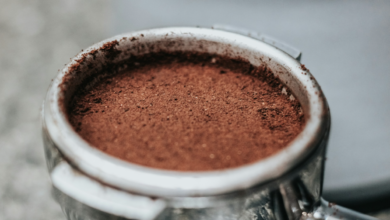Plastic Upcycling, what if 3D printing uses waste?
(Sustainabilityenvironemtn.com) – Researchers from the Department of Energy at the Oak Ridge National Laboratory have developed a method of plastic upcycling that adds value to plastics by making them compatible with 3D printing. Innovation could reduce the amount of waste globally because it would increase the quality of plastics that are generally not recyclable. Adopting this practice would also reduce production-related CO2 emissions.
The results of the method have been published in Science Advances. The solution has the advantage of being adaptable and scalable. “We will need fundamental discoveries to overcome the challenges of rising costs and deteriorating material properties associated with recycling,” said Tomonori Saito, principal author of ORNL’s chemical science division. “Our goal was to develop an easily adopted strategy that reuses plastic waste to create a more valuable material instead of generating fresh plastic.”
After upcycling, the plastic can be used for 3D printing
Plastic upcycling as a solution to environmental pollution. Approximately 400 million tonnes of plastic waste are produced each year, of which less than 10% is recycled globally. The method suggested by the study could give a new destination to millions of tons of disposable plastic waste that, not recyclable, ends up in landfills or incinerators.
Read also Chemical recycling: discovered an enzyme to break down terephthalate
The researchers carried out plastic upcycling of acrylonitrile butadiene styrene (ABS), a plastic commonly used for objects such as car parts, tennis balls or LEGO blocks. This material is also often used for the production of fused filaments (FFFs), used in 3D printing. With the upcycled version of the plastic, however, the material becomes more resistant, ensuring better performance for 3D printing than the standard ASB.
“The development of new recyclable materials with superior properties for FFF creates opportunities to have a great impact on plastic production and expand additive manufacturing capabilities that have the potential to reduce our carbon footprint”, said Sungjin Kim of ORNL.
The method adopted by the team of scientists
The FFF printing method accounts for 70% of the global market, with the development of new raw materials could improve performance.
In fact, after the treatment, the ABS has reached twice the hardness and resistance, with higher values of resistance to solvents. “Solvent resistance has added value because it allows us to easily separate modified ABS from mixed and undifferentiated plastic waste commonly found in recycling scenarios,” said Saito.
By dissolving the plastic waste in different solvents, the team verified that the modified ABS retained its structure while the other plastic is not subject to plastic upcycling melted completely.
“The approach is extremely versatile,” Kim said. “The recovered upcycled ABS can be reused over and over again for FFF with minimal loss of property. It can also be combined with mixed and standard ABS and printed directly as a blend.”






